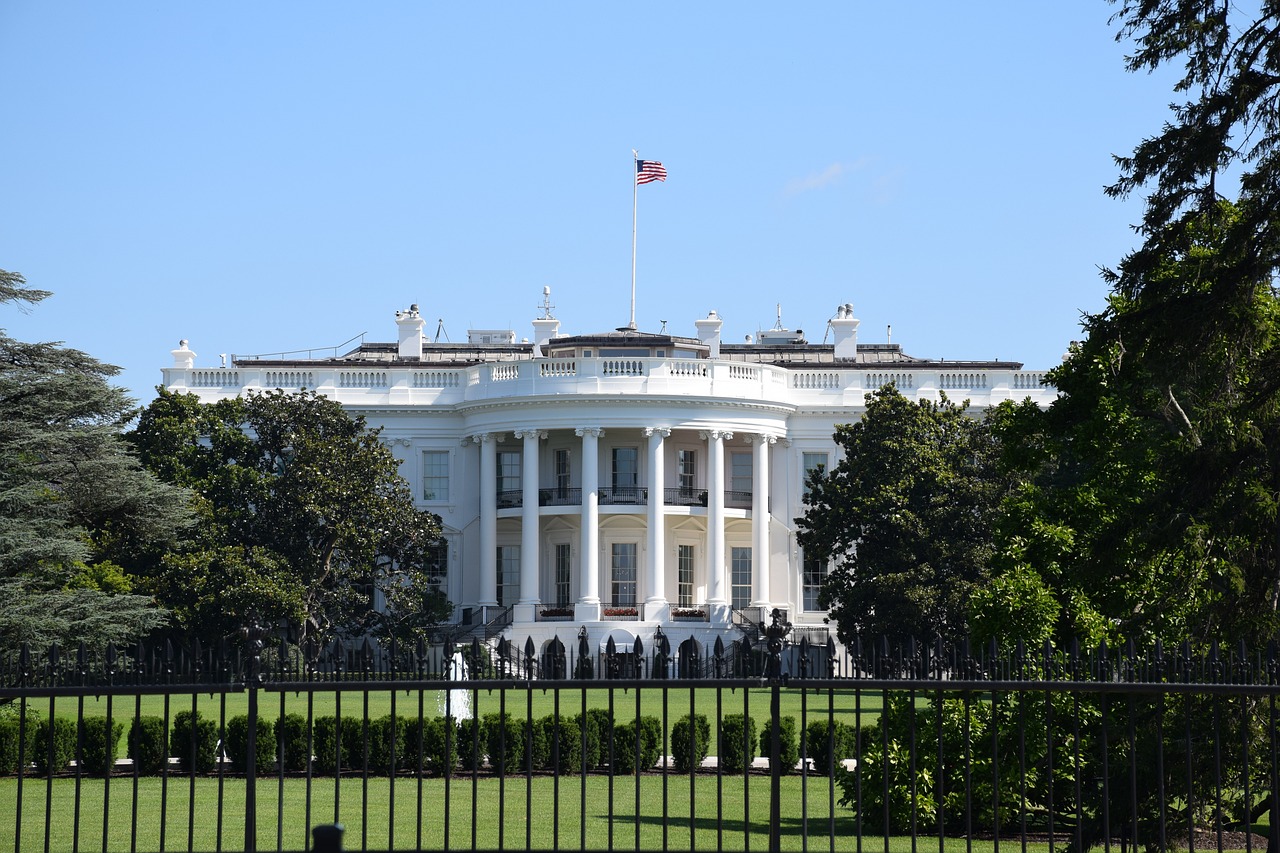The United States government has entered into a landmark $80 billion partnership with Brookfield Asset Management and Cameco Corporation, co-owners of Westinghouse Electric Company, to accelerate the deployment of advanced nuclear reactors across the country. Announced on 28 October 2025, the agreement is being hailed as one of the most consequential energy initiatives in decades, aimed at securing reliable, carbon-free power to meet the surging electricity needs of artificial intelligence (AI) data centers and critical infrastructure.
At the core of the partnership is the construction of a new fleet of Westinghouse AP1000 reactors, recognized as among the most advanced nuclear technologies currently available. The U.S. government will play a central role in arranging financing, streamlining permits, and potentially taking up to a 20% equity stake in Westinghouse, aligning public and private interests in the project. Officials estimate the program will create more than 100,000 construction jobs and reinvigorate the domestic nuclear supply chain.
Commerce Secretary Howard Lutnick described the initiative as a “historic partnership” that strengthens U.S. energy security while reinforcing its global leadership in nuclear technology. The deal also aligns with President Donald Trump’s May 2025 executive orders, which prioritized nuclear power as a cornerstone of America’s industrial and technological competitiveness.
For Brookfield and Cameco, the agreement represents a significant expansion of their investment in Westinghouse, which they jointly acquired in 2023. Cameco, one of the world’s largest uranium producers, is expected to play a key role in securing long-term fuel supply for the reactors, while Brookfield brings extensive infrastructure financing expertise.
The partnership comes amid mounting concerns over the energy intensity of AI and cloud computing, with U.S. data centers projected to double their electricity consumption by 2030. Nuclear power, with its ability to deliver 24/7 carbon-free baseload energy, is increasingly seen as essential to balancing grid reliability with climate commitments.
Industry analysts note that the $80 billion program could mark the beginning of a broader nuclear revival in the United States, where new reactor construction has lagged for decades. By coupling nuclear expansion with the digital economy’s growth, Washington aims to ensure that the AI revolution is powered by secure, domestic, and low-carbon energy sources.
Sources: Utility Dive; CBC News; ESG News; Yahoo Finance.


